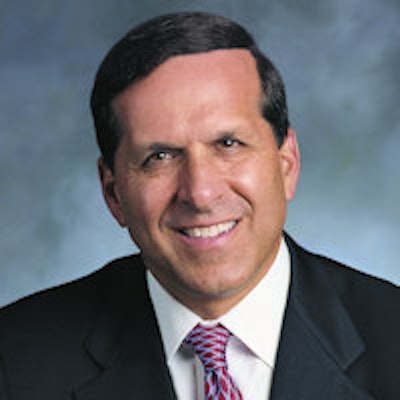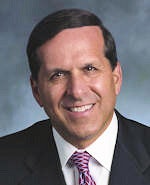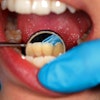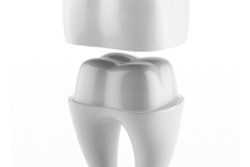
In the latest edition of his Q&&A series on DrBicuspid.com, Roger P. Levin, DDS, addresses a topic of interest within the practice and management of dentistry. In this month's column, he discusses the new dental economy, how to thrive in it, and how it impacts the length of your career.
DrBicuspid.com: Can dentists and dental practices wait out the economy?
 Roger P. Levin, DDS, chairman and CEO of practice management consulting firm Levin Group.
Roger P. Levin, DDS, chairman and CEO of practice management consulting firm Levin Group.Dr. Levin: Like it or not, the new dental economy is here to stay. Gone are the heady days of the technology boom and real estate bubble, when consumers spent liberally and used credit cards indiscriminately. Although the Great Recession ended, the recovery is taking longer than expected and is proving unpredictable. Consumers remain conservative and expect more value for their money.
According to the expert financial team at Levin Group, the typical doctor will work five to seven years longer than expected. Dentists cannot afford to take a "wait and see" approach as the economy continues its roller coaster trajectory -- they must take action now. Even in today's sluggish economy, dental practices can increase production. Here's how.
Streamline operations with high-performance systems
Today, successful dentists regard their practice as a business and work to eliminate inefficiencies and bottlenecks. High-performance systems accomplish that with documented, step-by-step procedures for each of the following practice management activities:
- Scheduling
- Case presentation
- Customer service
- Hygiene
- Financial management
- Collections
Each system ties into a target and should include scripting for every routine conversation between staff and patients.
Focus marketing efforts on current patients
Current patients represent your best resource for increasing the number of new ones. With very little (or no) cash investment, practices can communicate that they are actively seeking new patients. Staff members simply need to ask everyone who comes in to refer friends and family. Each appointment offers multiple interactions to make the request. When someone does refer a new patient, a personal thank you call from the doctor will encourage additional referrals and a feeling of having contributed to the practice.
Reactivate inactive patients
“The typical doctor will work five to seven years longer than expected.”
Continuing the focus on current patients, practices need to reactivate those who haven't been seen in a while. Look back 18 months and determine which patients have missed or cancelled their appointments during that time. Then, call those people and express the practice's concern for their oral health. Phone calls work best for this purpose, but after three calls over three weeks, switch to email once per week and then letters once per week, for three weeks each. This procedure will help the practice reactivate the majority of inactive patients.
Increase elective dentistry
This advice may come across as contradictory, given lackluster economic conditions. However, some patients have begun to do quite well -- they just need a little extra encouragement to accept elective treatment. If patients mention a major life event, such as an upcoming wedding, job interview, or graduation, ask if they want to ensure they look their best. When they say "yes," present cosmetic options they might consider. Even if they say "no" now, you've planted the seed for future treatment.
Address financial concerns
Dental insurance reimbursements have shrunk in the new economy, which means that more patients pay out-of-pocket for treatment. And, unlike medical appointments, dentistry almost always requires a co-payment. To address this reality, practices need to provide flexible payment options, such as the following:
- Allowing payment of half up front, and the balance upon completion
- Giving a 5% courtesy for full payment in advance (especially for larger, more expensive cases)
- Accepting credit cards
- Offering financing through a reputable outside company
The more financial options the practice makes available, the better the outcome for everyone. Not only do these options make it easier for patients to afford and accept treatment, but they also demonstrate that your practice cares about their financial well-being and wants to help.
Conclusion
The last suggestion is very simple -- ignore the economy. The stock market will continue to have its ups and downs, but the dental practice can gain positive momentum. Yes, there will be patients who delay treatment, leave practices to go where their insurance is accepted, or stop going to the dentist altogether, but these things happen in any economy. Most practices still have a very high growth potential if they act immediately. Now is the best time to seize the opportunities.
Roger P. Levin, DDS, is the chairman and CEO of practice management consulting firm Levin Group. You can connect with Levin Group on Facebook and Twitter (@Levin_Group) to learn more strategies and share ideas. Also, check out Dr. Levin's free practice management videos at www.levingroup.com/gp.
The comments and observations expressed herein do not necessarily reflect the opinions of DrBicuspid.com, nor should they be construed as an endorsement or admonishment of any particular idea, vendor, or organization.



















